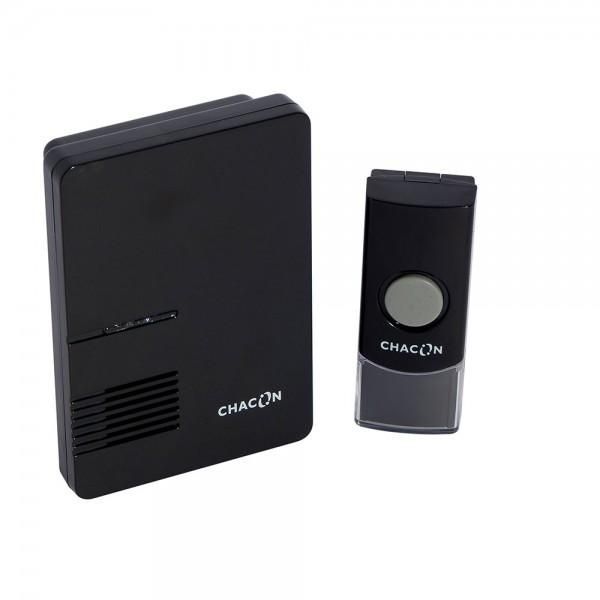This is the forum archive of Homey. For more information about Homey, visit the Official Homey website.
The Homey Community has been moved to https://community.athom.com.
This forum is now read-only for archive purposes.
The Homey Community has been moved to https://community.athom.com.
This forum is now read-only for archive purposes.
Generic 'Add 433Mhz device' functionality (for my Chacon doorbel)
Hi guys,
I have a Chacon 84175 doorbell which I would like to connect to my Homey.
There is no Chacon App yet, so I'd like to develop one. The 433-developer-documentation isn't there yet.
Any clues on where to start? Or do I have to wait for Athom to release the documentation / toolsuite for developing 433-apps?
I have a Chacon 84175 doorbell which I would like to connect to my Homey.

There is no Chacon App yet, so I'd like to develop one. The 433-developer-documentation isn't there yet.
Any clues on where to start? Or do I have to wait for Athom to release the documentation / toolsuite for developing 433-apps?
Comments
Other questions I have is what approach Athom wants do do with this.
A. Every random person builds there own doorbell app for his or her doorbell?
+ Light weight apps.
- Lots of apps and lots of work for lots of people.
B. One doorbell app that everyone commits his "not yet listed" doorbell to?
+ One doorbell app where everyone can add his doorbell.
- Becomes a big/heavy app later on? And who takes control over this app?
C. Athom creates a 433Mhz "record and play" tool.
+ Light weight app, no programming needed to add a completely new device nobody ever connected yet. Athom is in control of this app.
- Athom needs to make and update this app? Don't know any real downsides.
This last one has my biggest interest.
Similar like the IR remote, where we simple add a new 433Mhz device and either select one from the list (type:doorbell, brand:SilverCrest, model-list:Z31370A) or press a "record button" where it records your 433Mhz signal, and you can define it as new device and let it transmit the recorded signal.
Can someone from Athom please let is know what direction this is going to take?
Simple record and replay signal would be good enough for starters.
Since this would be generic app, it can't have specific capabilities, so there could only be action replay signal X or Y.
For general 433 debugging I use RTL2832U which can capture 433 signal and utilities rtl_sdr, rtl_443 and gqrx apps.
I believe it is asked before, but that Athom isn't planning to make a generic 433 option. For every device an app should be created.
But it would be great to have an option somewhere in Homey, for developers, to read the raw 433 signals. Maybe Athom can make a 'options for developers' section in Homey..
I personaly would like to add my 'Blokker' weather station to Homey.
Anyhow, adding such tools for making brand specific Apps solves my problem for I can develop Apps. It doesn't solve it for people who can't develop Apps.
What about the best of both worlds; brand specific Apps AND generic 433 functionality for tech-people?
That would be really great
Question remains when the dev-tools for debugging / capturing signals are expected to be released (no exact date needed, just an indication).
For someone with programming skills it micht help!
https://github.com/bremme/Arduino/tree/master/libraries/WirelessDoorBell
My recordData is an array with a length of 44. After 'reducing' I get the following result;
Object {31: 1, 32: 3, 35: 1, 36: 3, 37: 1, 42: 1, 43: 1, 47: 4, 48: 1, 49: 4, 51: 3, 52: 1, 53: 3, 54: 1, 55: 4, 57: 4, 58: 1, 59: 2, 61: 2, 63: 1, 75: 1, 79: 1}
Most occuring length is 1. So;
var fl = 1; recordData = recordData.filter(recordEntry => recordEntry.length === fl)
Now recordData is an empty array.
Any idea?
Edit: when putting in the array index it gives back information. But that's not what's documented (Note, you should replace
%fl%with the most common length manually). After having result I get confused with defining the sof, words and eof. No solution, I'll wait for someone else to try / get it working.